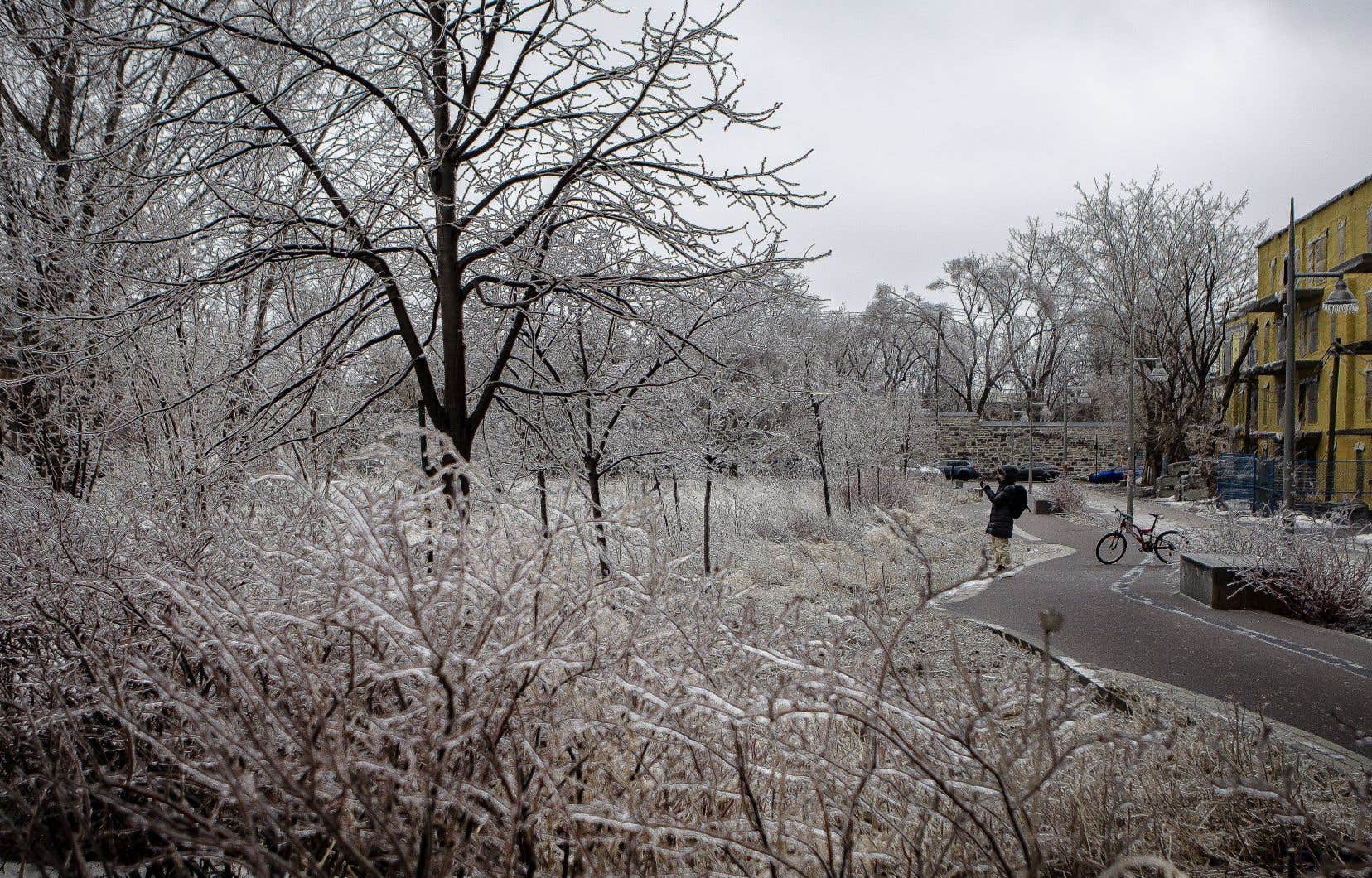“Things are changing,” Quebec Premier François Legault said on Thursday. The extreme climatic episodes that lead to power outages, “we are going to experience more and more of them”, abounded in this sense the CEO of Hydro-Québec, Sophie Brochu.
There is no doubt: certain extreme weather events, exacerbated by climate change, will increasingly harm the Quebec power grid. The more frequent forest fires will threaten certain infrastructures. The increasing torrential rains will make reservoir management more difficult. High, more intense heat will lower the performance of power lines.
And the ice?
“In southern Quebec, we expect a decrease in the frequency of freezing rain,” explains Christopher McCray, a scientist with Ouranos, a Quebec research consortium in climate adaptation, which signed a study on this subject. last year. And nothing indicates for the moment that extreme ice events will become more frequent, or more intense, in the St. Lawrence Valley.
The observation of Mr. McCray and his colleagues is in line with other studies, published in recent years, which also indicate a northward shift of the zone conducive to ice, he underlines. In Quebec, it’s only north of 50e parallel, i.e. at the height of Chibougamau, that the freezing rain could become more abundant due to climate change.
It should be noted that the conditions necessary for the formation of black ice are quite specific: the air must be hot at altitude, in order to melt the snowflakes, but below 0°C near the surface, to freeze the drops that fall to the ground. However, in southern Quebec, the days when the ground conditions will be cold enough will become rarer each winter.
However, there remains some uncertainty as to the frequency of extreme ice storm events. “People tend to think that extreme events will go from bad to worse,” McCray says. With the ice storm, we are not yet sure what will happen in this regard. To have a clear statistical trend on extreme events, a lot of data is needed. The Ouranos team is currently working to answer this question.
Obviously, Hydro-Québec must be concerned about the additional ice that will fall north of 50e parallel, as many of its major hydroelectric plants, and the transmission lines attached to it, are located there. The ice can weigh down, and even break, cables and electricity pylons.
In its plan to adapt to climate change presented last fall, Hydro-Québec is also concerned about the effects of freezing rain on the “control works” of its future hydroelectric dams. “Episodes of violent winds and ice, more and more frequent, could affect the metal structures used to lift the evacuation valves,” reads its plan.
No more floods, fires, vegetation
Beyond the ice storm, other phenomena related to climate change will favor the appearance of breakdowns on the network. A major challenge for the government corporation is that of increased plant growth. Indeed, since the growing season is getting longer, the trees will have to be pruned more often to prevent damage to the cables. Already, Hydro-Québec technicians carry out more than 270,000 operations on vegetation each year.
Moreover, with climate change, spring floods will increase in certain Quebec watersheds. Floods, both upstream and downstream of hydroelectric plants, can force equipment to stop, or even cause serious damage, according to Hydro-Québec.
And, forest fires will multiply in Quebec. It is a consequence of climate change that is beyond doubt. In some northern areas of the province, the area burned each year will quadruple by the end of the century compared to the current normal, even under an optimistic scenario of reduced greenhouse gas emissions.
“A forest fire threatening or affecting company assets can have devastating effects on the reliability of service,” emphasizes Hydro-Québec in its climate change adaptation plan.
The torrential rains that fall in summer are also becoming more frequent due to climate change. Hydro-Québec buildings will not be spared, but remember that it is above all municipal structures, such as sewers, that will bear the main repercussions of these extreme events.
In short, freezing rain poses a risk to the Hydro-Québec network, it is undeniable. The vulnerability of the infrastructures had moreover been highlighted in 1998, and again, to a lesser extent, in 2023. But climate change will probably not aggravate this risk in the south of the province, and should even ‘alleviate.
